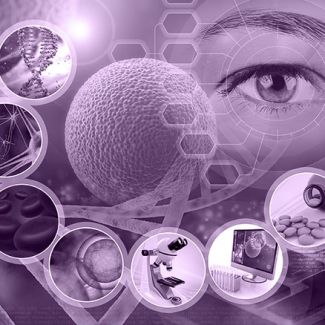MONITORING DE S-NITROSOTHIOLS DANS DES MATRICES BIOLOGIQUES GRACE A DES SONDES NANOSTRUCTUREES
S-NITROSOTHIOLS MONITORING IN BIOLOGICAL MATRICES BY NANOSTRUCTURATED PROBES.
Jury
Directeur de these - CLAROT - Igor - Université de Lorraine
Président - FOULON - catherine - Université de Lille
CoDirecteur de these - PALLOTTA - Arnaud - Université de Lorraine
Rapporteur - ROCHELET - Murielle - Université de Bourgogne
Examinateur - RAVELET - Corinne - Université de Grenoble
Examinateur - LAMOUROUX - Emmanuel - Université de Lorraine
école doctorale
BioSE - Biologie Santé Environnement
Laboratoire
CITHEFOR - Cibles thérapeutiques, formulation et expertise pré-clinique du médicament
Mention de diplôme
Sciences de la Vie et de la Santé - BioSE
amphi Lepois
9 Av. de la Forêt de Haye, 54500 Vandœuvre-lès-Nancy
Mots clés
Matrices biologiques,Etudes pharmacocinétiques,Spectrométrie de masse,S-nitrosothiols,
Résumé de la thèse
Les thiols jouent un rôle majeur dans le domaine biomédical et agroalimentaire. Ils sont impliqués par exemple dans l'homéostasie redox ou dans de nombreuses activités biologiques ainsi que comme donneurs et transporteurs d'oxyde nitrique (formation de S-nitrosothiols). En effet, les S-nitrosothiols (RSNO) augmentent la demi-vie du NO et son transport vers son site d'action. La compréhension de la pharmacodynamique et des rôles des RSH/RSNO reste pour l'instant un véritable défi.
Keywords
Mass spectrometry,Gold nanoparticles,Pharmacokinetics studies,Biological matrices,
Abstract
Thiols have a pivotal role in the biomedical and agri-food field. They are involved for example in redox homeostasis or many biologicals activities and as nitric oxide donors and carriers (formation of S-nitrosothiols). In fact, S-nitrosothiols (RSNO) increase NO half-life and transport to its action site. The understanding of RSH/RSNO pharmacodynamics and roles remains a real challenge for now. Indeed, strong reactivity (oxidation and reduction) of RSH, associated to a poor stability, lead to many possible reactions. However, their detection and quantification remain challenging.




